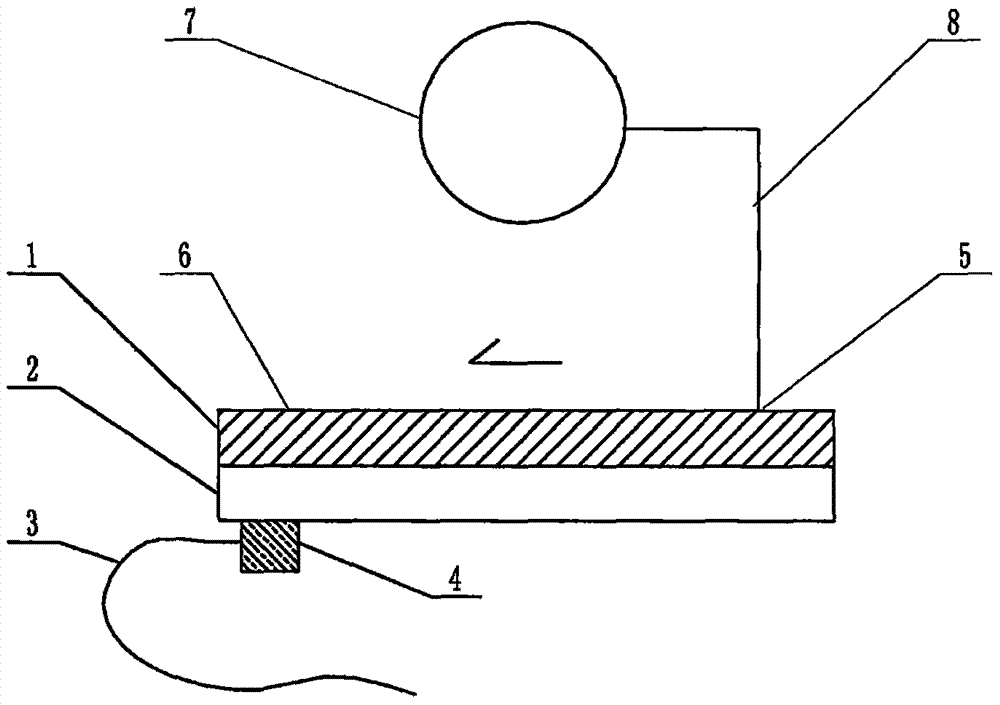Dual-driving coupled micro-fluidic chip device for simultaneous detection of various subtype swine influenzas
A microfluidic chip and swine flu technology, applied in the field of analysis and testing, can solve the problems of PDMS micro-channel inner surface modification operation trouble, large flow resistance, micro-channel bubbling substrate and cover sheet, etc.
- Summary
- Abstract
- Description
- Claims
- Application Information
AI Technical Summary
Problems solved by technology
Method used
Image
Examples
Embodiment Construction
[0067] exist figure 1 In the shown embodiment of the present case, the structure of the device includes a multi-channel microfluidic chip, and the structure of the microfluidic chip includes a substrate 1 and a cover sheet 2 that are attached to each other and installed together. The substrate 1 and the cover sheet 2 are plates or sheets, the surface of the substrate 1 facing the cover sheet 2 contains a channel structure formed by a molding process or an etching process, and the substrates that are attached to each other The sheet 1 and the cover sheet 2 jointly construct a microfluidic chip with a pipe structure, and the structural position of the pipe is located at the junction area where the substrate 1 and the cover sheet 2 are attached to each other. The two ends of the pipe are respectively connected to the The sampling port 5 of the microfluidic chip is connected to the terminal 6, the sampling port 5 is the injection port of the sample solution of the microfluidic chi...
PUM
| Property | Measurement | Unit |
|---|---|---|
| thickness | aaaaa | aaaaa |
| diameter | aaaaa | aaaaa |
| length | aaaaa | aaaaa |
Abstract
Description
Claims
Application Information
 Login to View More
Login to View More - R&D
- Intellectual Property
- Life Sciences
- Materials
- Tech Scout
- Unparalleled Data Quality
- Higher Quality Content
- 60% Fewer Hallucinations
Browse by: Latest US Patents, China's latest patents, Technical Efficacy Thesaurus, Application Domain, Technology Topic, Popular Technical Reports.
© 2025 PatSnap. All rights reserved.Legal|Privacy policy|Modern Slavery Act Transparency Statement|Sitemap|About US| Contact US: help@patsnap.com

